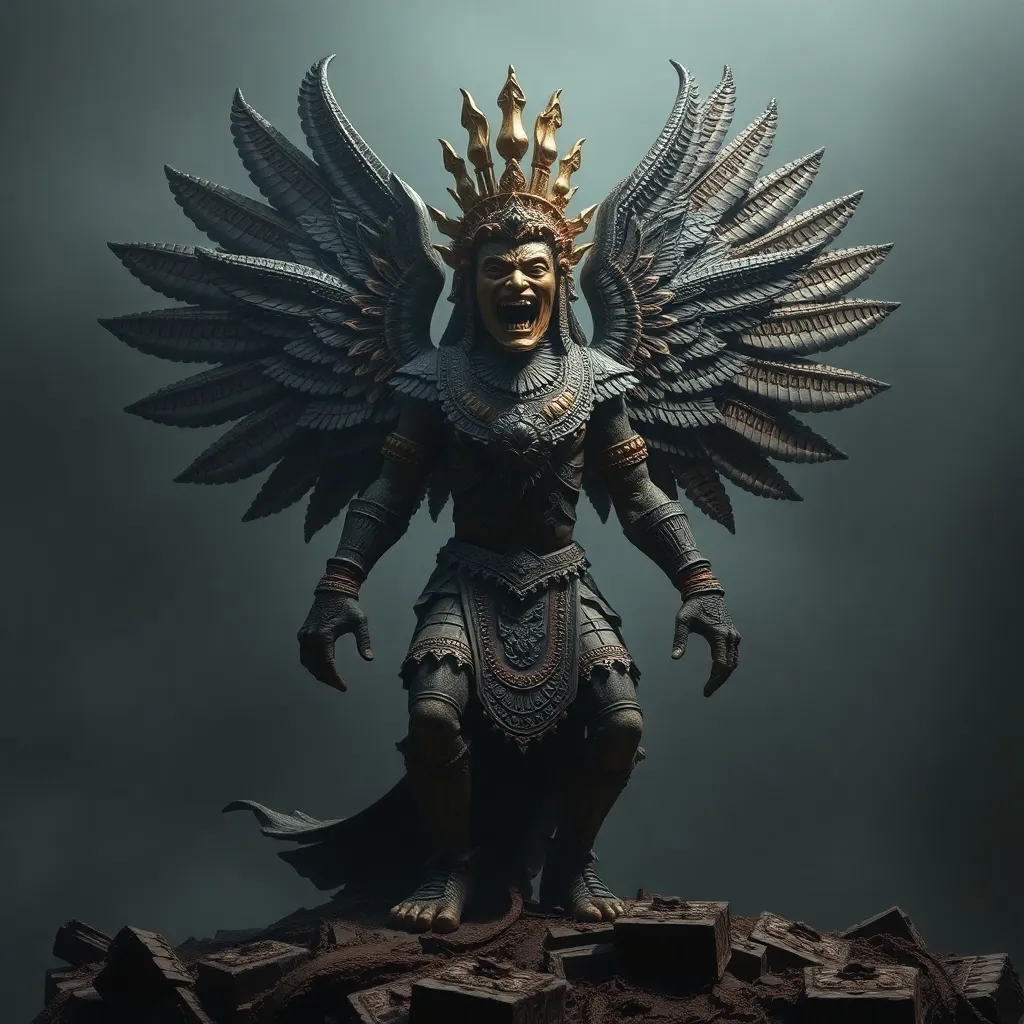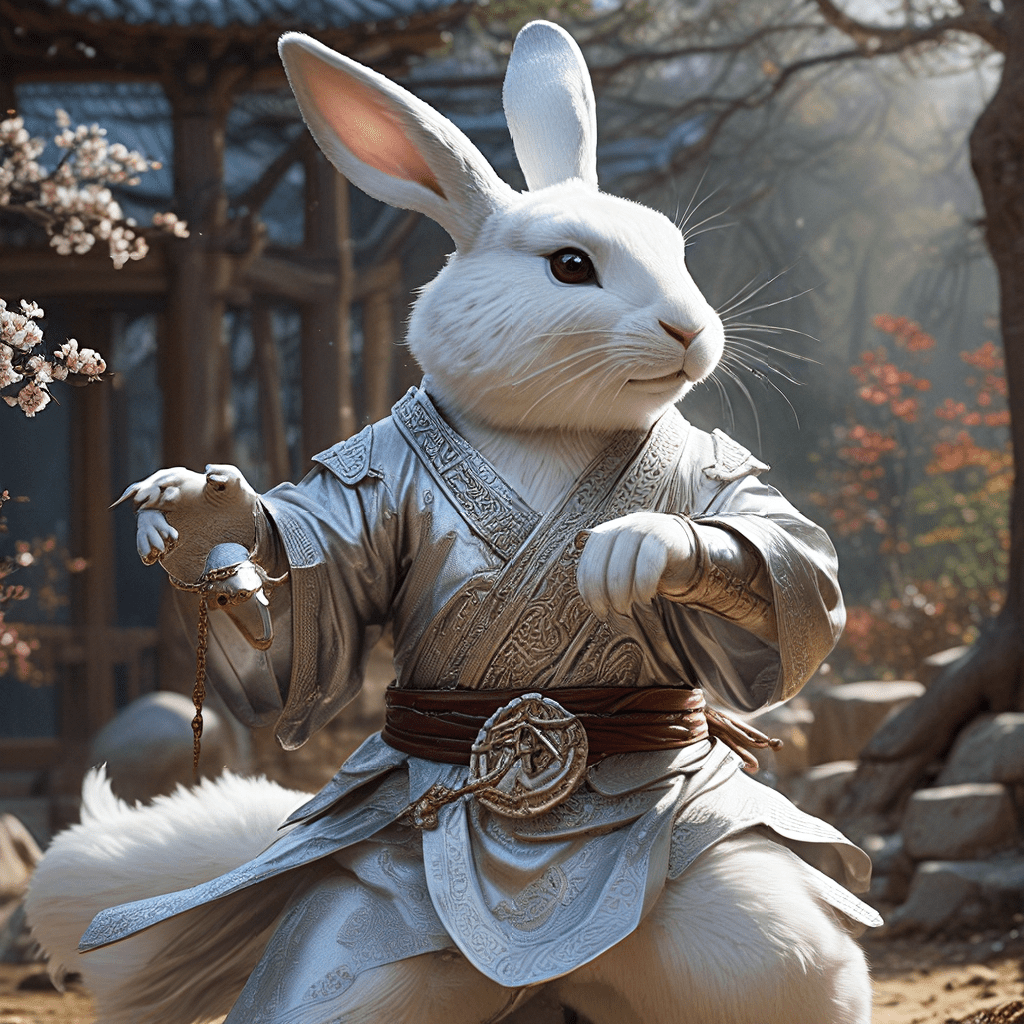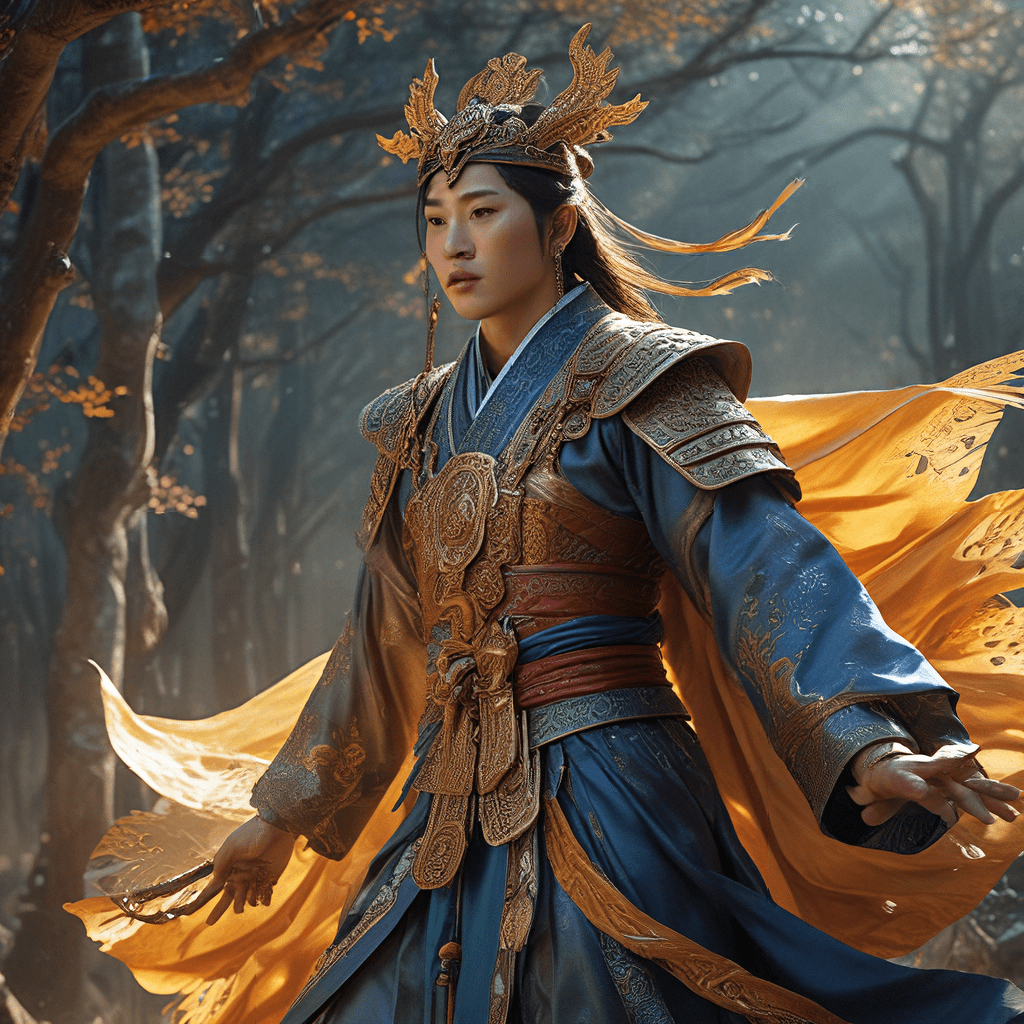From God to Hero: The Humanization of Quetzalcoatl in Aztec Mythology
I. Introduction
Quetzalcoatl stands as a central figure in Aztec mythology, revered not only as a god but also as a cultural hero, embodying the duality of divine and human traits. This complex characterization invites deeper exploration of how divine figures are humanized within mythologies, reflecting societal values and aspirations. Understanding Quetzalcoatl’s journey from a god to a hero provides insight into the nature of divinity in Mesoamerican cultures and the implications for Aztec society.
The purpose of this article is to delve into the historical context, myths, and societal roles associated with Quetzalcoatl, examining how his character evolved and what this evolution reveals about the interplay between divinity and humanity in Aztec beliefs.
II. Historical Context of Quetzalcoatl
Quetzalcoatl’s origins can be traced back to various Mesoamerican cultures, with the earliest references appearing in the Olmec civilization around 1200 BCE. As cultures evolved, so did the narratives surrounding this feathered serpent deity. The Toltecs and later the Aztecs adopted and adapted Quetzalcoatl into their own pantheons, each adding layers of meaning and attributes.
Key attributes and symbols associated with Quetzalcoatl include:
- The feathered serpent, representing the sky and the earth.
- Wisdom and knowledge, often linked to the creation of humanity.
- Association with the planet Venus, symbolizing both morning and evening stars.
III. The Duality of Quetzalcoatl: God and Hero
Quetzalcoatl embodies a unique duality as both a divine being and a heroic figure. His divine aspects include being a creator god and a god of wind and rain, responsible for sustaining life. However, his narratives often highlight heroic traits such as sacrifice, moral integrity, and a quest for knowledge.
Notable heroic narratives include:
- His journey to the underworld to retrieve bones for the creation of humanity.
- His struggle against the forces of darkness and chaos.
This contrast between divine authority and human-like qualities enriches his character, making him relatable to the people who revered him.
IV. Myths and Legends: Humanizing Quetzalcoatl
Various myths depict Quetzalcoatl’s human experiences, showcasing his vulnerabilities and moral dilemmas. One prominent myth involves his love for the goddess Tlaltecuhtli, which ultimately ends in betrayal and loss, leading him to exile. This narrative of love, heartbreak, and redemption illustrates human emotions, making Quetzalcoatl more accessible to the Aztec populace.
Other significant stories include:
- The tale of his rivalry with Tezcatlipoca, the god of night and sorcery, highlighting themes of conflict and duality.
- His eventual departure from the earthly realm, symbolizing the cyclical nature of life and death.
These narratives reinforced core values of Aztec society, such as the importance of sacrifice, the complexity of human relationships, and the pursuit of wisdom.
V. Quetzalcoatl’s Role in Aztec Society
Quetzalcoatl played a vital role in Aztec religious practices, with numerous rituals and ceremonies dedicated to him. These practices often included offerings of food, flowers, and even human sacrifices, reflecting his significance in their cosmology.
As a cultural symbol, Quetzalcoatl influenced various forms of art and literature, from monumental sculptures to codices that depicted his legends and attributes. His image was a powerful symbol of creation and renewal, resonating throughout Aztec culture.
Moreover, Quetzalcoatl’s ideals impacted social structure and governance. Rulers often invoked his name to legitimize their authority, emphasizing the connection between divine favor and political power.
VI. The Transformation of Quetzalcoatl: From Worship to Legend
Post-conquest, the perception of Quetzalcoatl underwent significant changes. As European colonizers imposed their beliefs, Quetzalcoatl’s worship diminished, transforming him from a revered deity into a legendary figure. The blending of indigenous beliefs with European narratives resulted in a complex legacy that continues to evolve.
Today, Quetzalcoatl remains a powerful symbol in contemporary culture, appearing in literature, art, and even popular media, reflecting enduring themes of heroism and the human condition.
VII. Comparative Analysis: Quetzalcoatl and Other Cultural Heroes
Quetzalcoatl shares similarities with other mythological figures such as Prometheus and Osiris, representing the archetype of the hero who brings knowledge and enlightenment to humanity. However, unique aspects of Quetzalcoatl’s character, such as his connection to the natural elements and his duality as both god and hero, distinguish him in the pantheon of cultural heroes.
Understanding these hero archetypes across cultures provides a broader significance to the narratives that shape human experiences and societal values.
VIII. Conclusion
In summary, the journey of Quetzalcoatl from a god to a hero illustrates the intricate relationship between divinity and humanity in Aztec mythology. His humanization reflects fundamental aspects of the human experience, such as love, betrayal, and redemption, making him a relatable figure in the eyes of the Aztec people.
Reflecting on the significance of humanizing divine figures, we gain insights into how cultures interpret their beliefs and values. Quetzalcoatl’s legacy endures, reminding us of the timeless nature of myth and the profound connection between the divine and the human experience.



